Another Car That You May Never Have Seen Before
Images: Mathieu Bonnevie/Artcurial Motorcars
Artcurial Motorcars’ auction on the 2nd of July 2022 during Le Mans Classic had several very rare and unusual cars on offer. In an earlier article we had featured the Bianco S (https://magazine.derivaz-ives.com/have-you-ever-heard-of-the-bianco-s/), and this time we are re-running the story of this Tracta-Grégoire sports coupe from 1956.

During the early 1950s, when the French automobile industry was struggling to come out of the destruction and deprivation of WWII, several innovative cars were unveiled, and some were even made. The Hotchkiss-Grégoire was one such front-wheel-drive wonder, which was unveiled in 1947 by engineer Jean Albert Grégoire, who was the pioneer in championing the use of FWD technology. The car was produced between 1950 and 1954 by the French car manufacturer Hotchkiss, but met with very modest success, with barely 247 Hotchkiss-Grégoires finding customers.
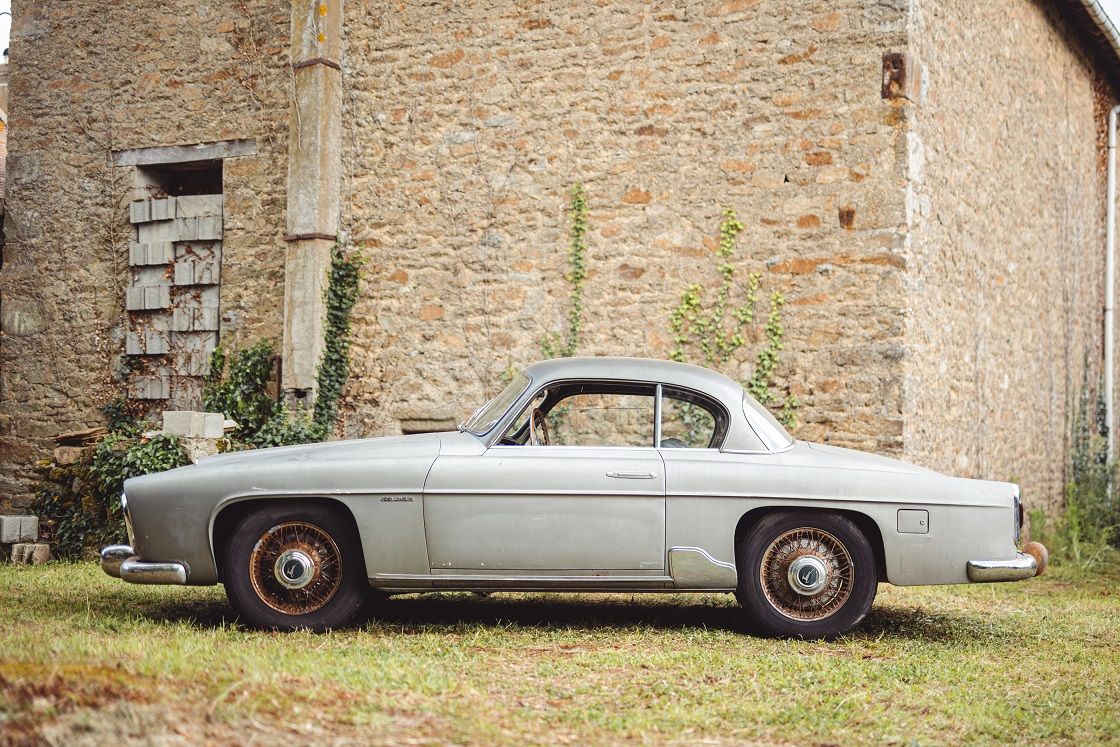
Yet, the failure of the Hotchkiss-Grégoire did not discourage Jean-Albert Grégoire. In January 1955, he brought together the directors of the Automobiles Tracta company, created in 1927 with his friend Pierre Fenaille, to take advantage of the patents for the homokinetic joint for front-wheel drive, and offered them a sports car project!
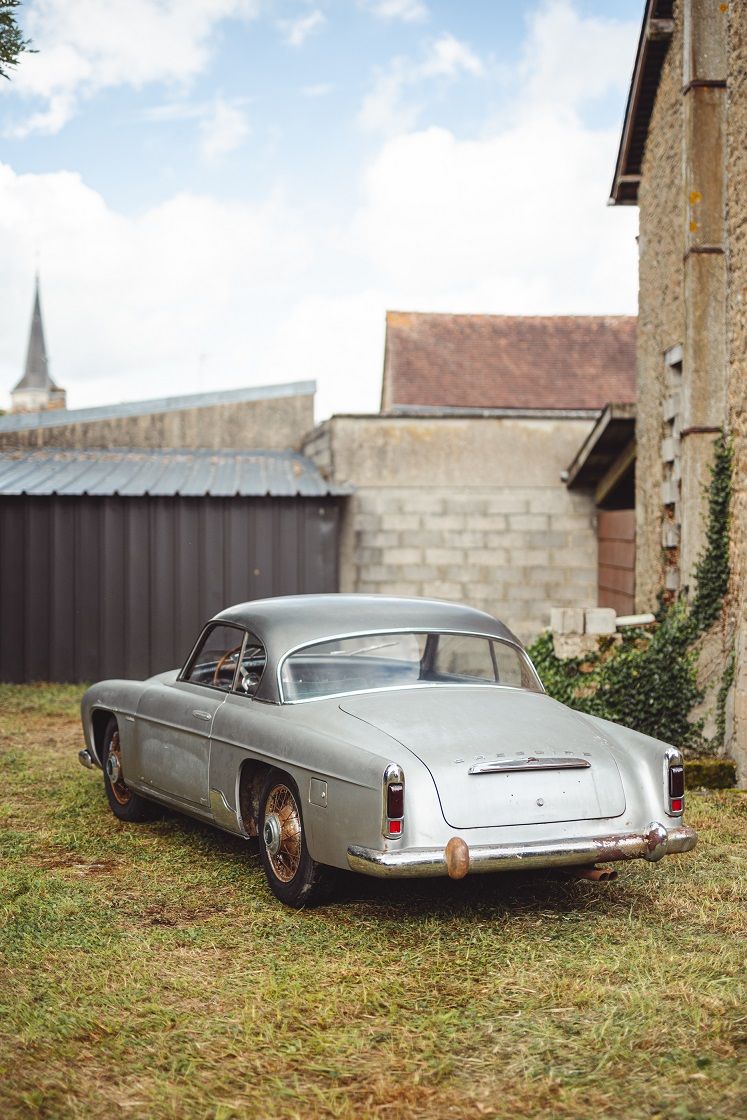
Jean-Albert Grégoire absolutely wanted to prove the soundness of his technical solutions and took forward the principles adopted for the Hotchkiss-Grégoire, whilst improving upon them. The new car thus had a cast alloy structure, light and rigid but easier to manufacture than the saloon, and it took up the variable flexibility suspension, which was most comfortable.
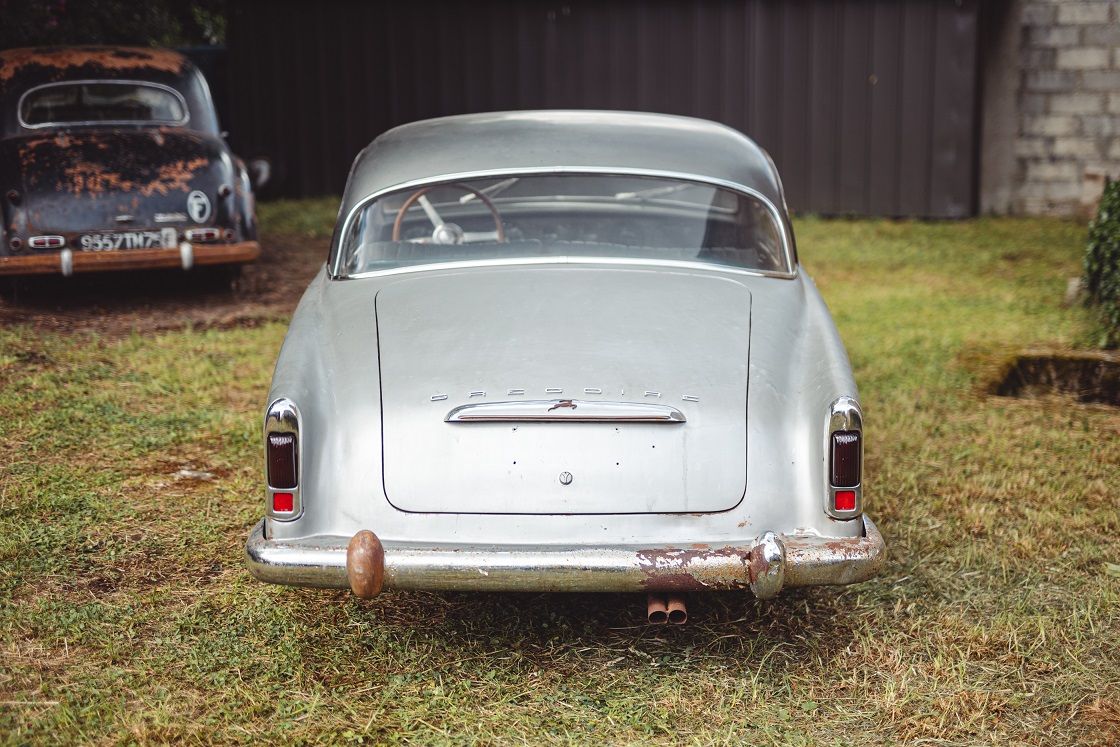
The brakes were discs on the front wheels (a first in France for a passenger car), with a Dewandre servo, but the flat 4-cylinder engine of the saloon did not have enough power for a machine that wanted to compete with the likes of the Jaguar XK140 or the Lancia Aurelia.

In his book Toutes mes automobiles (All my automobiles), Jean-Albert Grégoire recounted: ‘One of my customers at Hotchkiss-Grégoire had fitted a Constantin supercharger on his engine (...). He suggested that I try his machine. I was amazed by the result, the already responsive and quick car was dramatically better, both in terms of acceleration as well as top speed, which reached 170 km/h’.

This was what encouraged Grégoire to adopt the same solution for his car. Thus, thanks to the Constantin supercharger, the power increased from 75 to 125bhp at 4500 rpm.
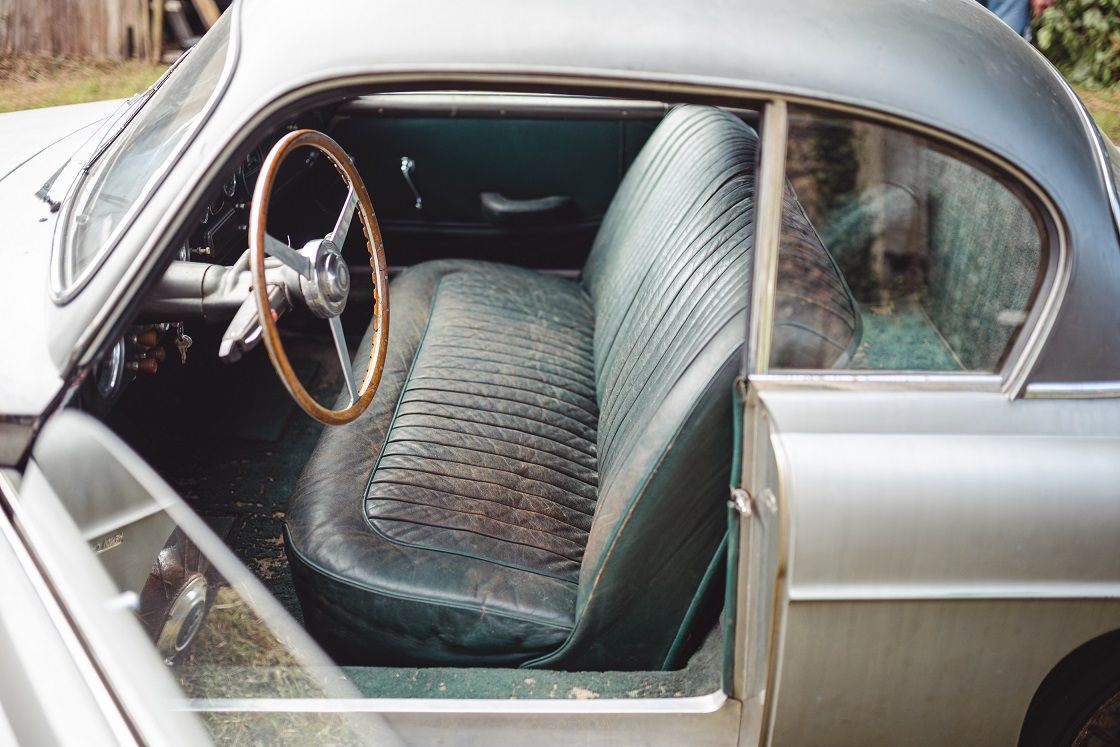
The next step was to give it an appropriate body.
‘I wasn't trying to give this machine an aerodynamic shape’, continued Jean-Albert Grégoire. ‘After the disappointing experience of the Hotchkiss-Grégoire, I no longer wanted to hear about Cx and the wind tunnel’.

It was one of the rare times when the engineer put aside ‘mechanicals’ in favour of aesthetics. Even if top speed would suffer, the style of the car was more important.
Grégoire therefore called on two designers: Mario Boano in Italy and Carlo Delaisse in France. The drawings of the first were probably a bit too extravagant, and so Grégoire opted for the sober elegance of Delaisse's design, which featured a not-too-long front overhang.
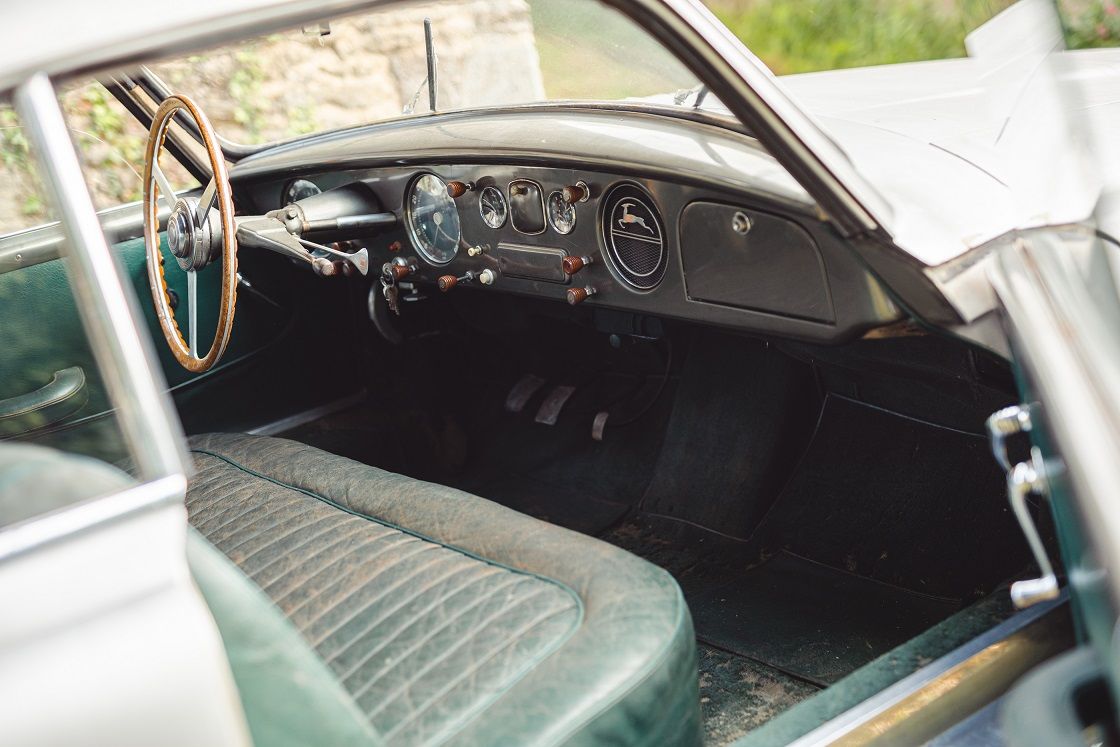
The construction of the body was entrusted to the well known French coachbuilder Chapron, who still worked as per traditional methods, of high quality but very labour-intensive. Noëlle Chapron, the daughter of Henri Chapron who has the complete folder of the origins of the car, including paint and leather samples, confirmed to Artcurial that the order had been placed on 10th January.
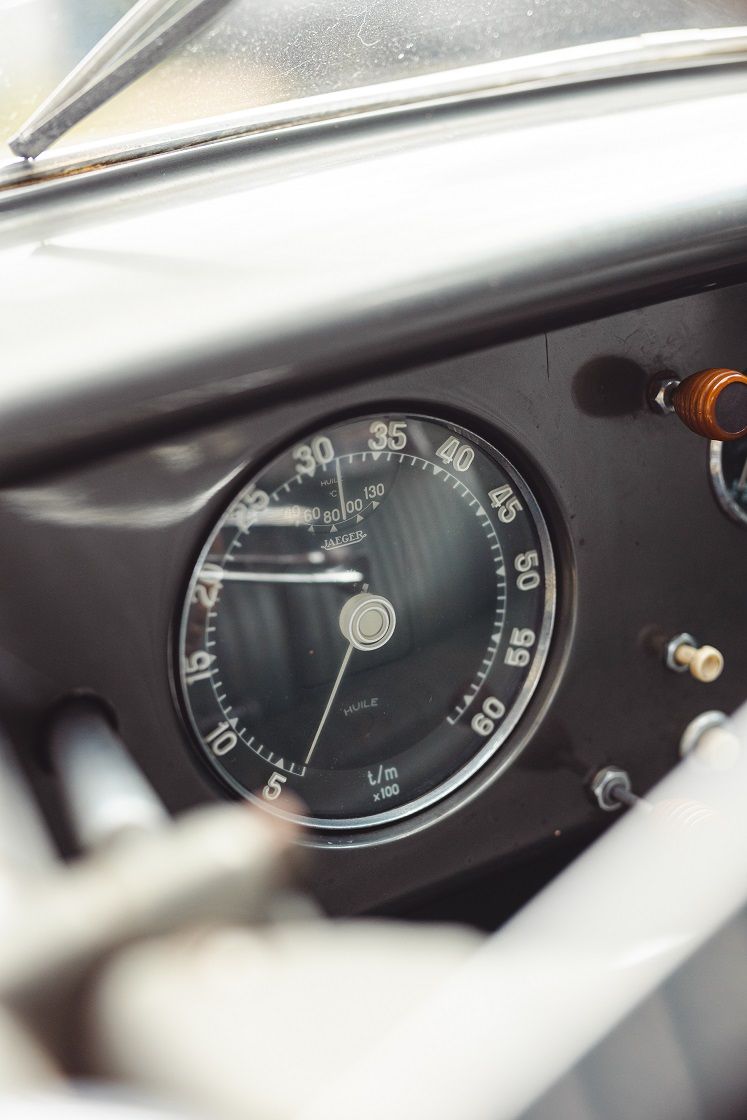
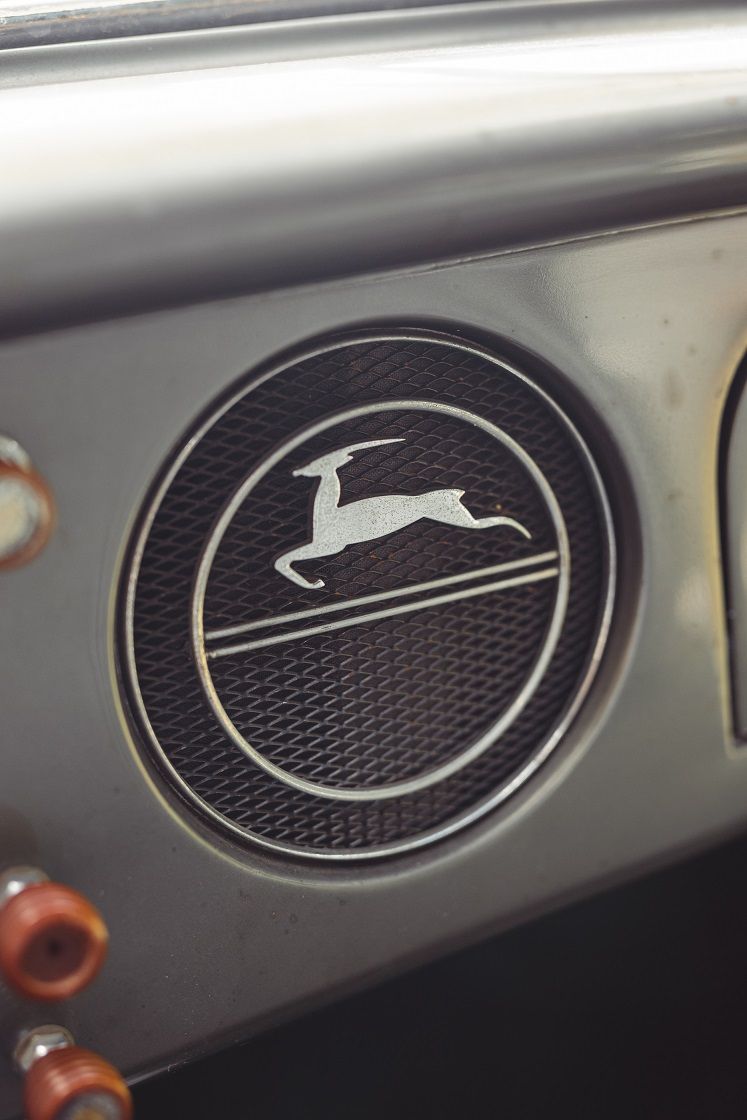
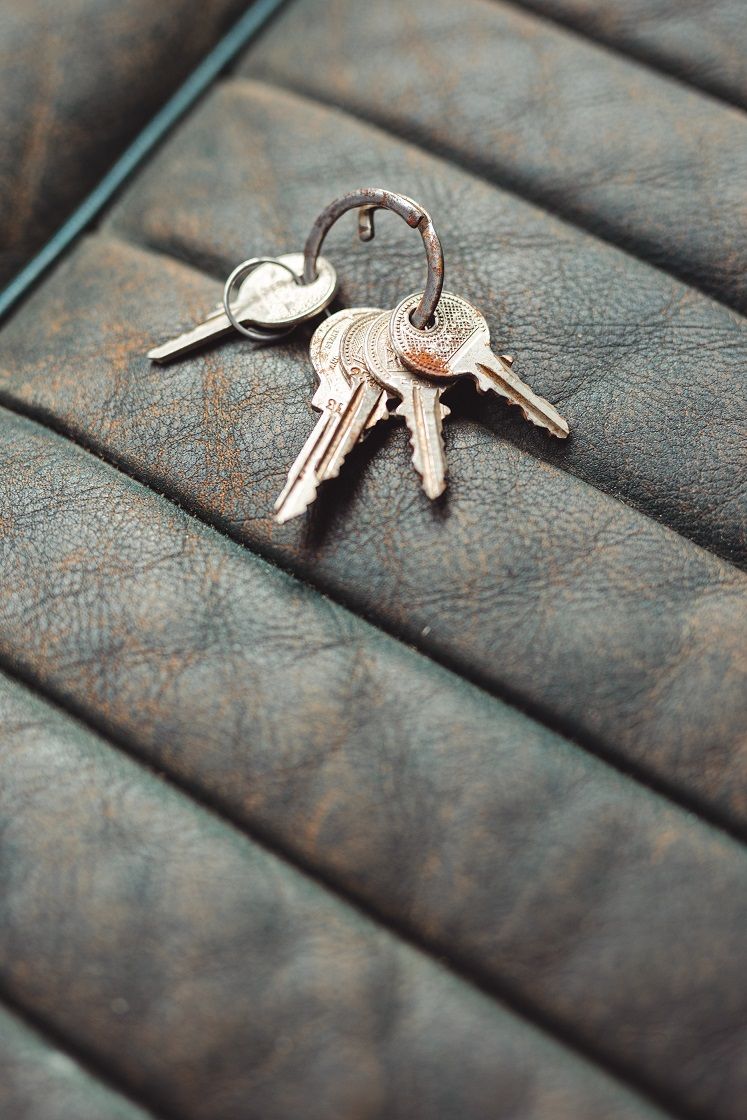
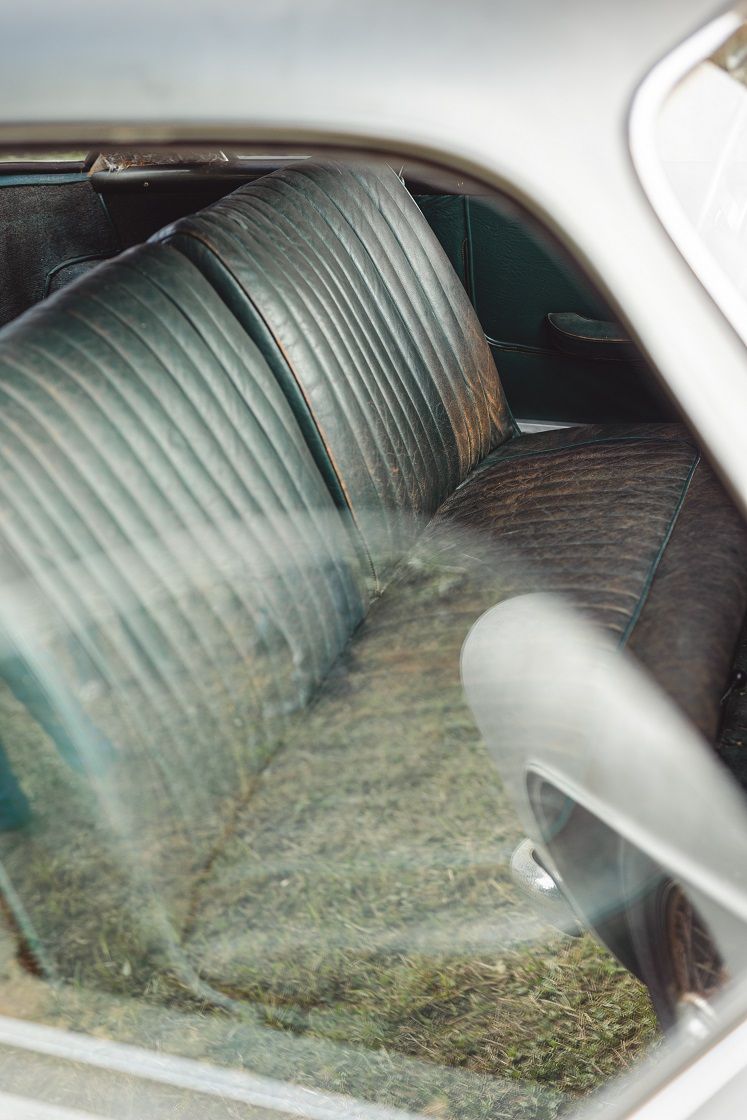
The prototype was unveiled as a world premiere during an ‘International Sports Car Show’ organized at the Ford Museum in Dearborn. It was then presented in France and garnered praise from the press for its elegance, with journalists waiting for the project to turn into series production.
In January 1956, four bodies were ordered by Tracta from Henri Chapron, but the car quickly ran into the same problem as the Hotchkiss-Grégoire: its excessively high cost, largely due to the artisanal body building process. The 3,500,000 francs asked for it, as compared to the 2,950,000 francs for a Facel Vega, with the much more powerful V8, or the 2,250,000 francs for a Jaguar XK 140, was just too much.
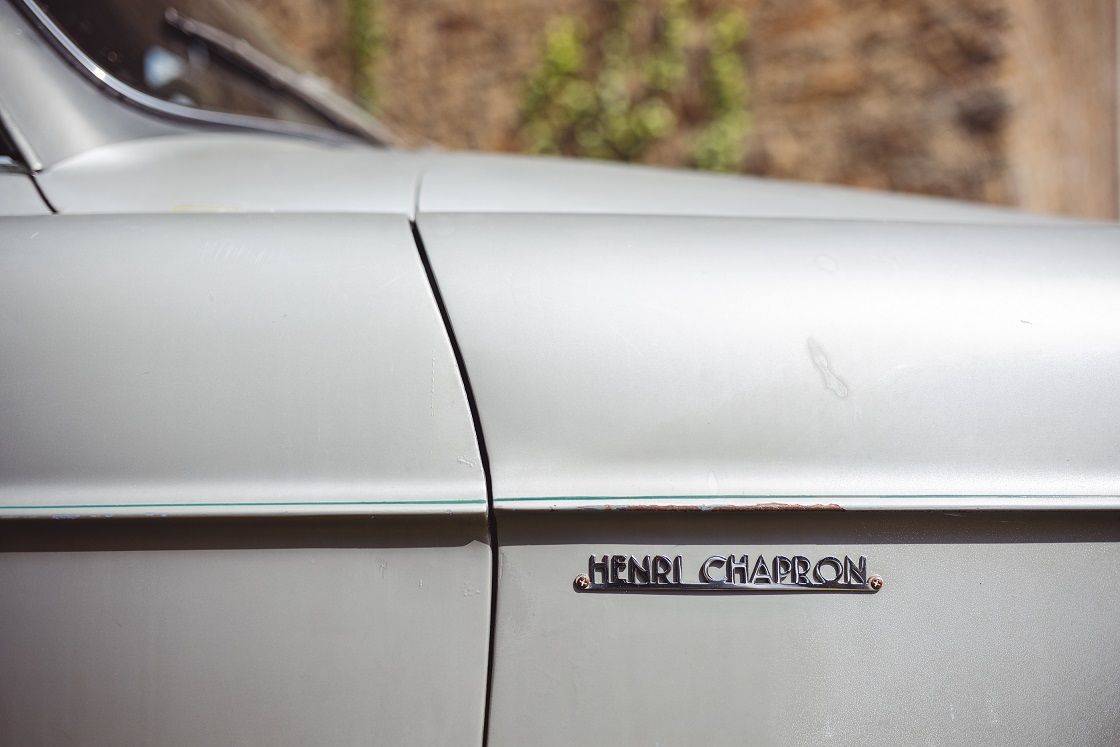
Then the issues with Hotchkiss did not help matters either, depriving Grégoire of a distribution and service network. Added to this were supply and manufacturing difficulties, and thus the project was quickly abandoned. At the end, only the first four cars ordered were made.

The car on sale is one of four made, but it has the specificity of being the only coupe. Noëlle Chapron confirmed that, following the order placed on 10th January 1956, the car was delivered to Tracta on 2nd June 1956, before being returned on 16th June for some finishing touches. The final invoice was made on 25th of October 1956, and the car was delivered that day.
Ordered by Albert Dewandre (of servo-brakes fame, and also a director of the Belgian company FN) who considered a cabriolet far too ‘young’ for a man of his age (as pointed out by Marc-Antoine Colin in his book Grégoire, une aventure Hotchkiss), Chapron added a roof which transformed the convertible into an elegant coupe. It was assigned the serial number 507, which was that of a Hotchkiss-Grégoire purchased new on 2nd August 1951, by Albert Dewandre.
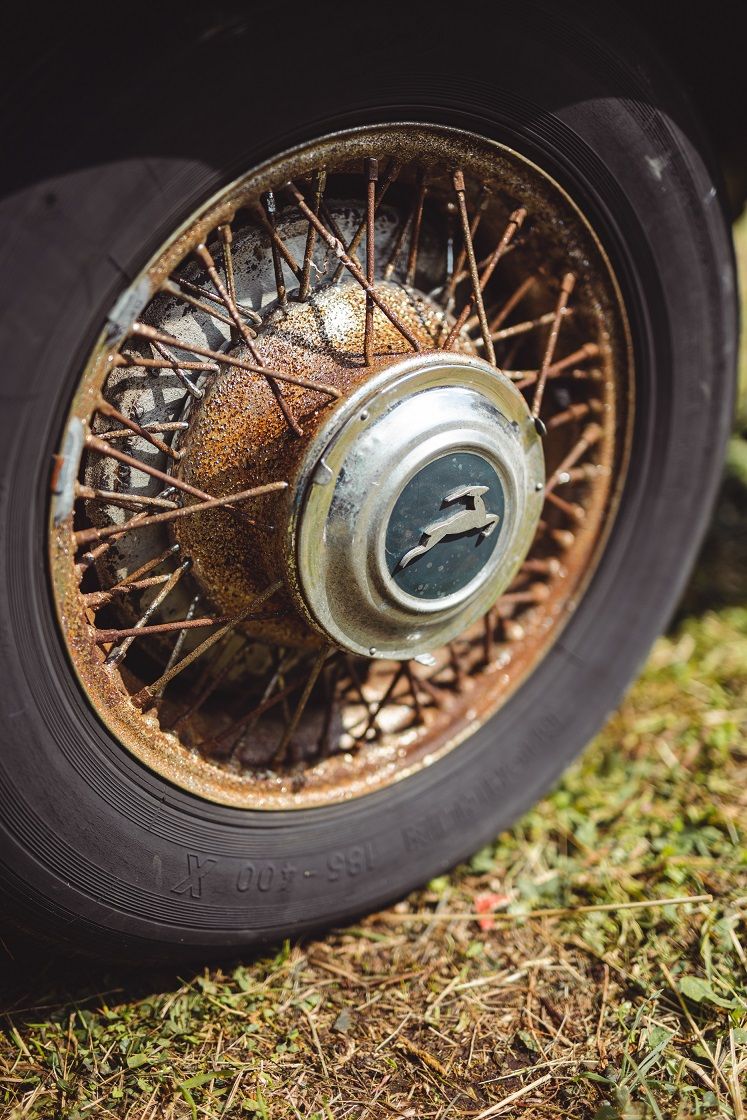
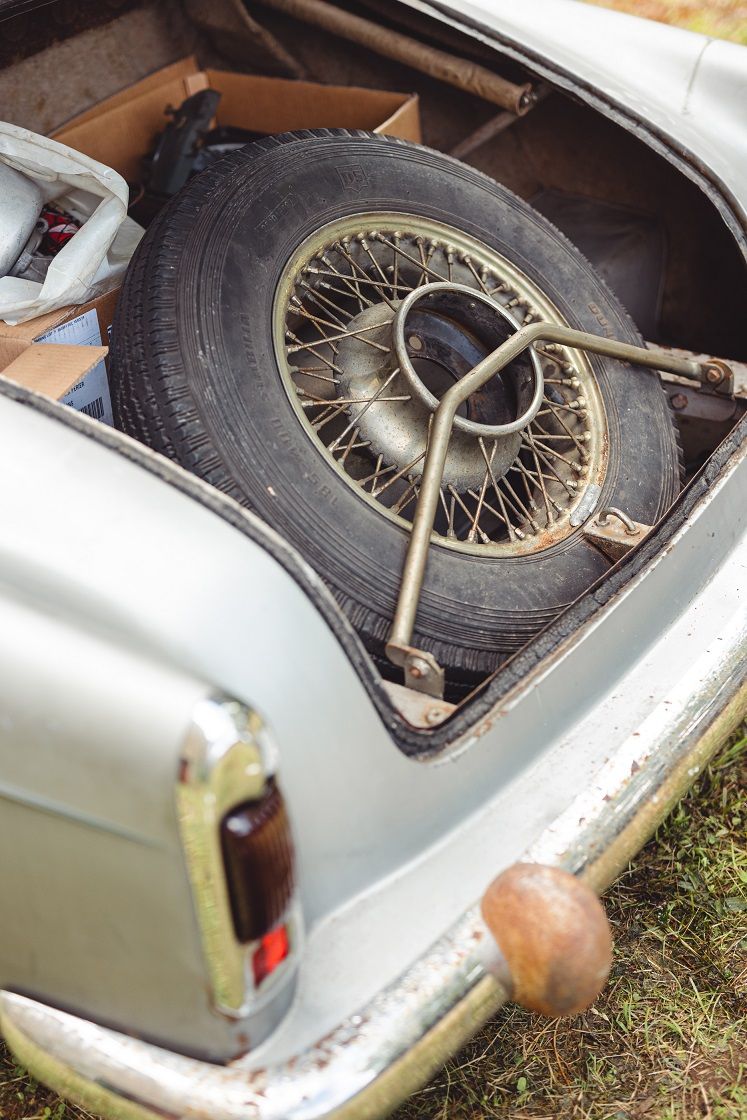
It is amusing to note that this coupe is sometimes shown as ‘the car of Françoise Sagan’, because the famous writer appeared in a series of photos with the car. In fact, she was simply happy to pose one day with the car. As well as appreciating sports cars, Françoise Sagan was also the daughter of engineer P. Quoirez, a friend of Jean-Albert Grégoire.
Given the significance of the car, this Tracta-Grégoire was on display at the very prestigious Compiègne museum from 10th December 2021 to 28th March 2022, for the exhibition on the theme of speed.
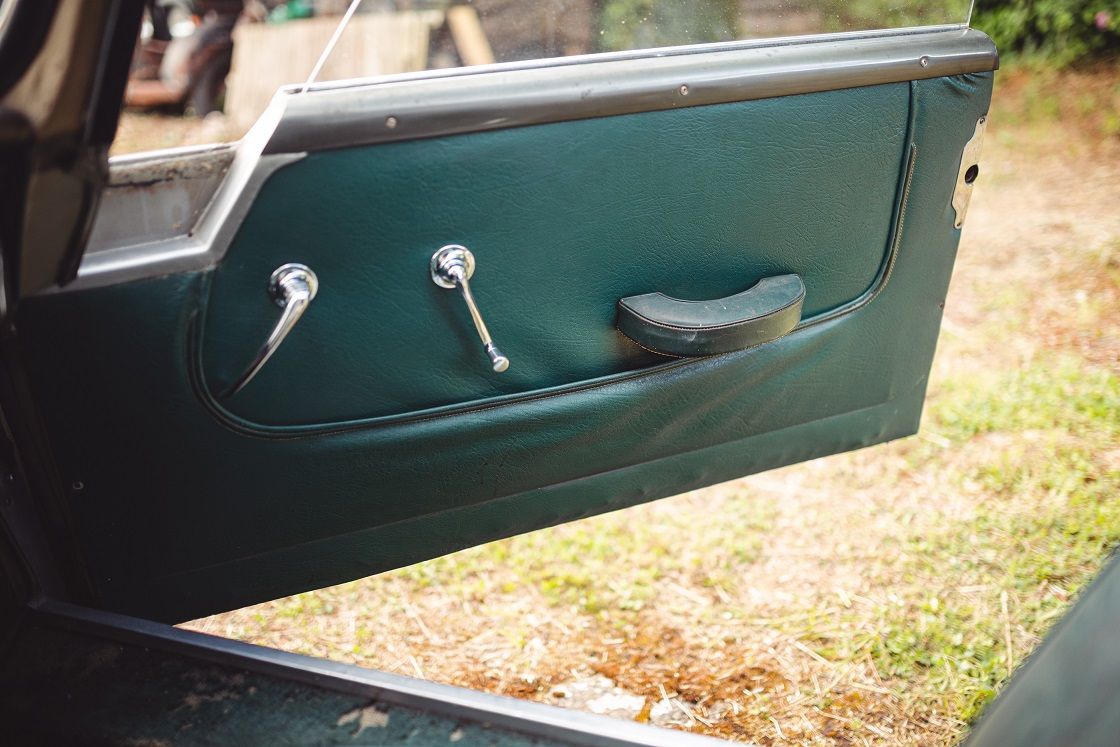
What is most striking is that this Tracta-Grégoire coupe is in exceptionally original condition, with original two-tone grey paint, enhanced with green stripes as a hint to the shade of the upholstery inside the car. The equipment is complete (trims, badges, hubcaps, lighting...) and the mechanicals are entirely original with its Constantin supercharger connected to a Solex carburettor.
The interior is magnificent, with an impeccable finish worthy of the great coachbuilders, with well-preserved dark green upholstery and a faultless dashboard, sporty in appearance with its round dials and beautiful wooden steering wheel. The body naturally bears the ‘Henri Chapron’ badge.
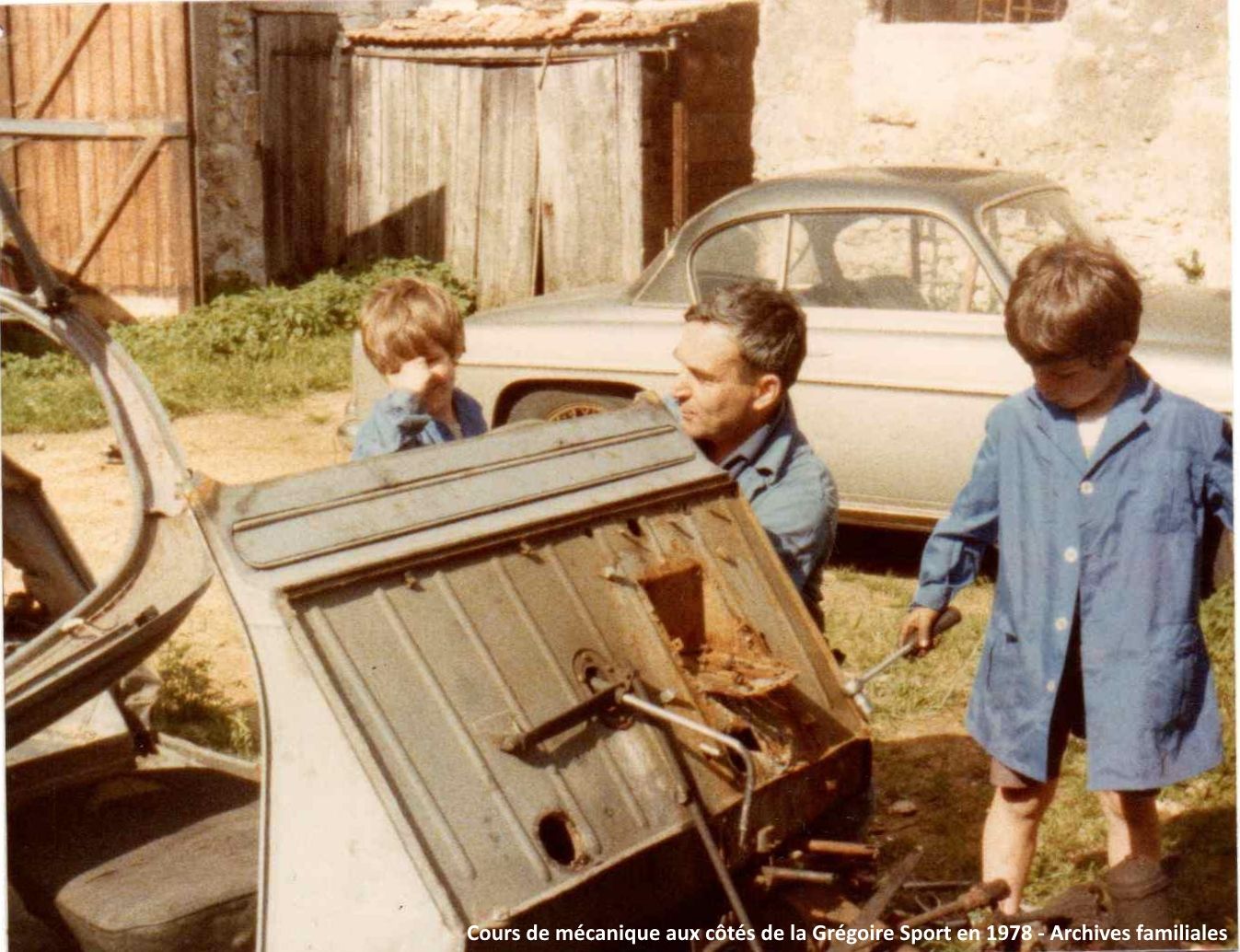
Although just a footnote to the history of the automobile, this Tracta-Grègoire Sports coupe is indeed an exceptional car which epitomizes the cutting-edge ideas of its designer, all under an elegant design, penned by a lesser-known but very talented designer, in a rare and perfectly authentic original condition.
No doubt a car that will be the cynosure of all eyes at the most coveted of historic events, if the new owner takes the car to any of these kinds of events. The car sold for almost €155,000 at the July 2022 Artcurial auction.
Comments
Sign in or become a deRivaz & Ives member to join the conversation.
Just enter your email below to get a log in link.

